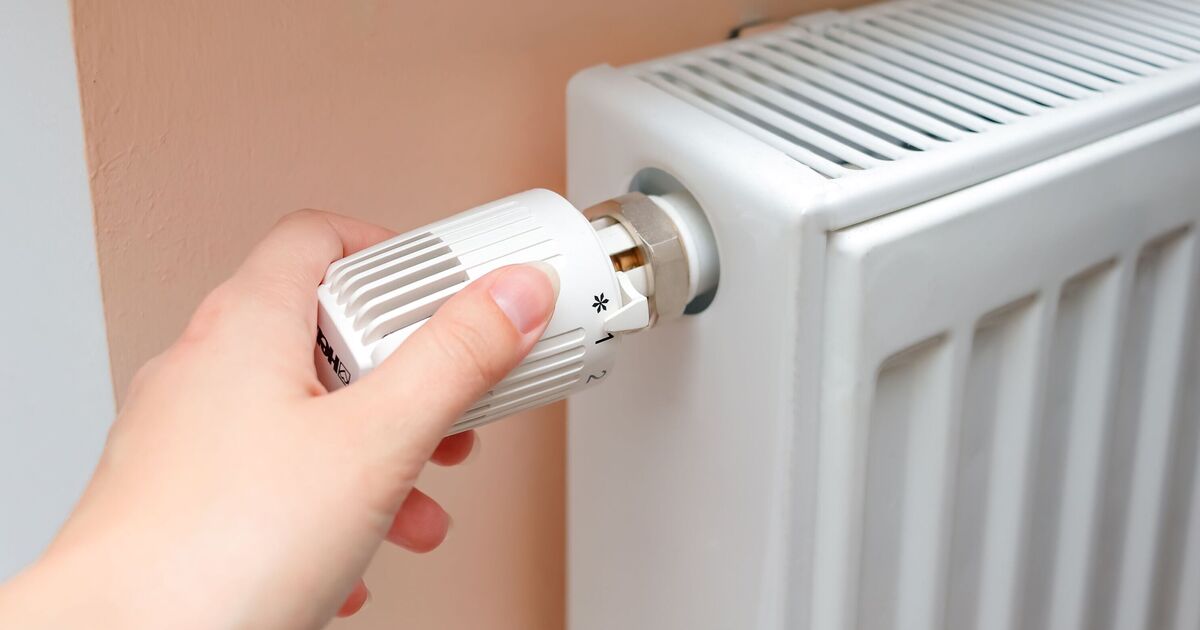The Met Office has warned people across the UK to brace for even colder temperatures this weekend, with the mercury predicted to reach minus 20°C in some parts of the country on Friday (January 1) night.
Freezing temperatures can pose all kinds of problems for households, from boiler mishaps and frozen pipes to condensation and difficulty drying wet laundry.
It is therefore recommended to keep your home heated throughout the cold snap to avoid damage to your property.
Those with babies or young children will also want to make sure their bedrooms are warm enough overnight.
With that in mind, experts have revealed what temperature you should aim to keep your bedroom – and it’s cooler than you might think.
According to Bed Advice UK, the “ideal” temperature for your bedroom is around 16-18°C.
They explained this is because your body heat peaks late afternoon and then starts to drop in the evening to prepare your body for sleep, which kickstarts melatonin production.
Having a bedroom that is too hot or too cold can seriously impact your sleep quality, especially the REM (rapid eye movement) stage, which is associated with memory, learning and better mental health.
Temperatures of more than 24°C will likely result in restlessness, while a bedroom at 12°C or lower will make it difficult to drop off in the first place.
You can save money on your energy bills by setting your thermostat to the correct temperature, so that you don’t needlessly keep heating your home when it is already warm enough for sleep.
The ideal temperature for sleeping varies with age, but when it comes to babies and very young children, the safest room temperature is 16-20°C.
According to the Lullaby Trust, this will ensure your baby is a comfortable temperature – not too cold or too hot.
The chance of sudden infant death syndrome (SIDS) is higher in babies who get too hot overnight.
It can be difficult to accurately judge the temperature in a room, so investing in a room thermometer is a good idea, according to the experts.
You should also make sure you have extra layers to hand if the room’s temperature drops below the recommended level during the night.












